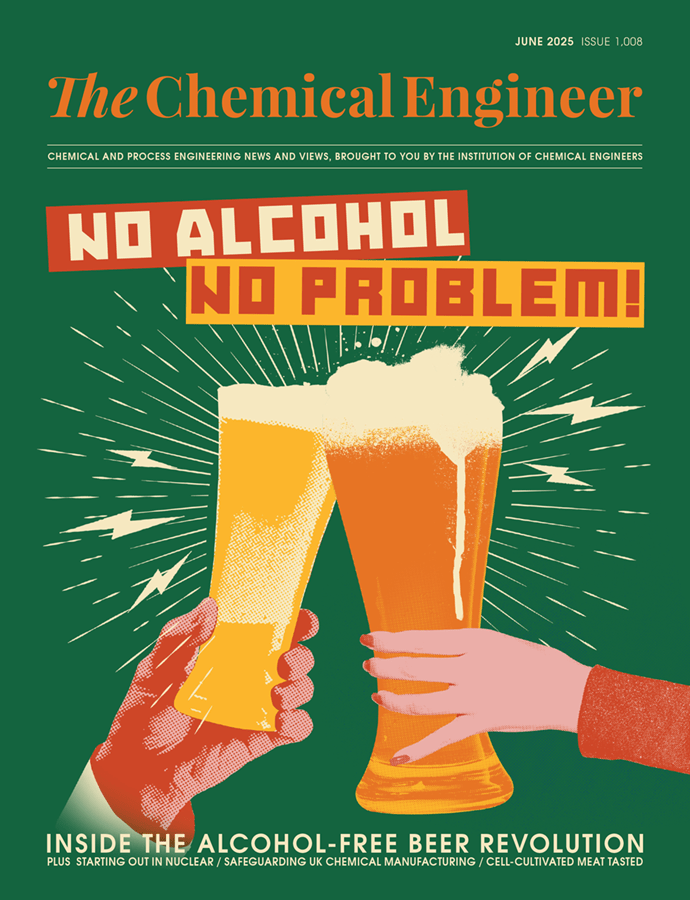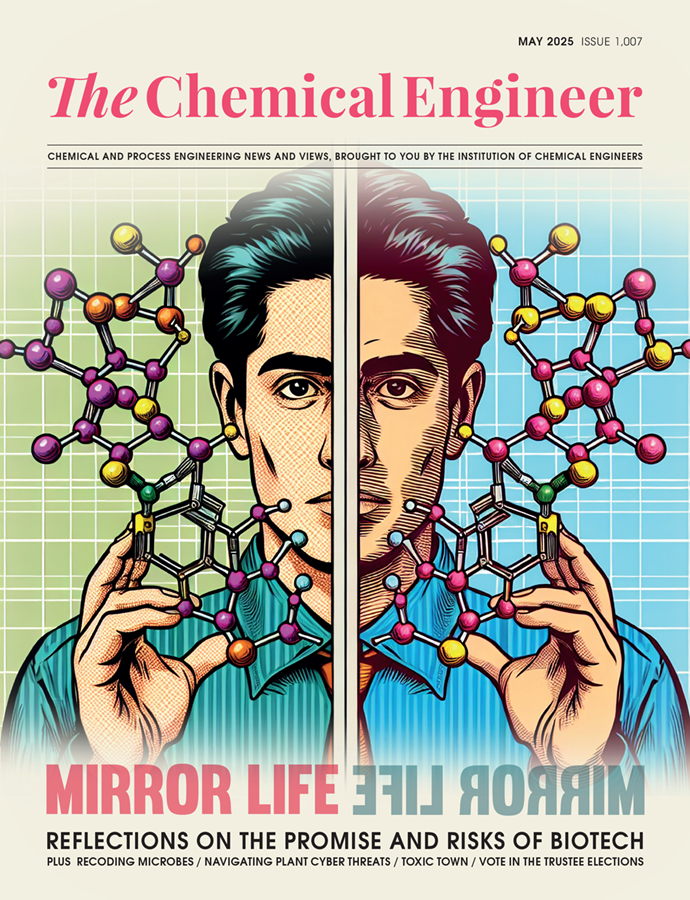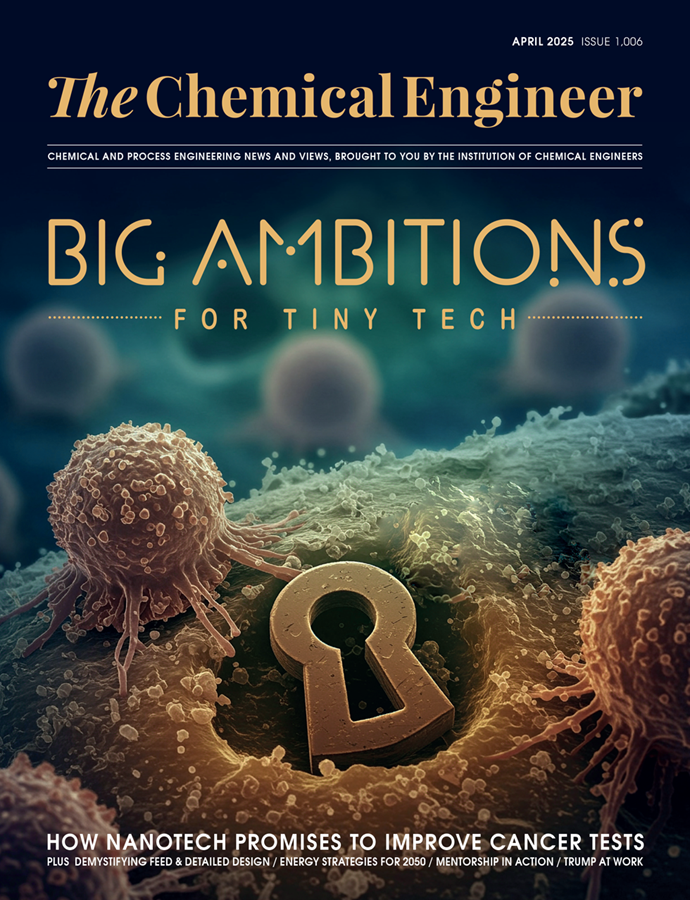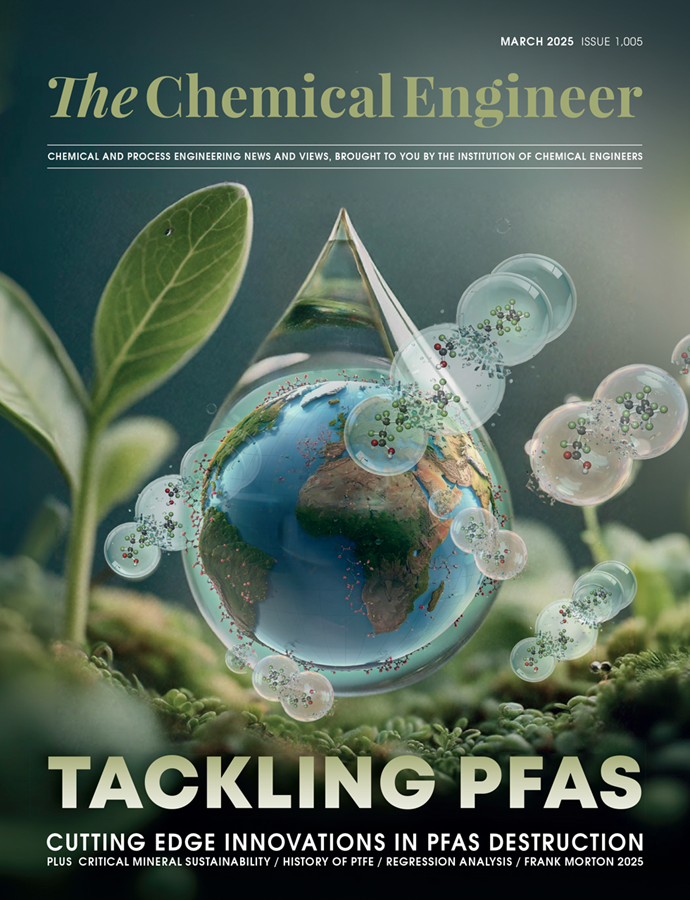Digitalisation in the Process Industries
Zaid Rawi reviews the process engineering applications set to be reshaped by digitalisation technologies
Quick read
- Advancements in Process Automation and Control: Emerging technologies, including deep reinforcement learning, hybrid models, and open automation standards, are transforming process control by enhancing operational efficiency, reducing tuning requirements, and integrating legacy and new systems
- Enhanced Monitoring and Maintenance Through Digitalisation: The adoption of IIoT, augmented reality for technicians, autonomous robots, and predictive analytics is enabling real-time monitoring, early problem detection, and safer operations. These innovations improve maintenance efficiency and reduce equipment downtime
- Automation and Data-Driven Engineering Design: New tools leveraging AI and digital engineering data are automating tasks like process flow design, CAD modelling, and hazard studies. Proper data management and integration are essential for creating digital twins, optimising designs, and ensuring sustained operational excellence
DIGITALISATION has already changed our process industries, enabling both greater projects and operations efficiency, flexibility, and cost savings. By leveraging proven and advanced technologies, companies can improve their projects and operations and gain a competitive edge.
As co-chair of the technical committe for IChemE’s Advances in the Digitalisation of the Process Industries conference, I wanted to offer readers some thoughts on how things are changing and the opportunities you need to be aware of.
Process control and optimisation
Process control has traditionally been achieved by proportional, integral, derivative (PID) controllers in distributed control systems (DCS), which have parameters that must be tuned.
However, technologies are now available for the reduction or avoidance of manual tuning, including non-linear model-based adaptive techniques (which may require access to data for system identification) or even model-free adaptive controllers.
And, with the adoption of new standards like Open Process Automation (OPA), OpenPLC, Universal Automation, and Modular Automation/Module Type Package (MTP)1 it is easier to integrate these technologies from different vendors, allowing new and legacy system elements to work together.
Asset optimisation involves the use of mathematical models and algorithms to find the best operating conditions for a process, considering factors such as cost, safety, and environmental impact. Traditionally, this has been done in the process industries with model predictive control technology for dynamic multivariable control and optimisation (also known as advanced process control). This incorporates larger scale steady-state models and linear programming-based optimisation and can be applied to a process unit or even an entire factory.
New and traditional vendors are starting to offer novel technologies, including deep reinforcement learning,2 which promise faster deployment and could offer clearer strategies for sustaining these technologies in ongoing operations. This includes using different types of machine learning (ML) and artificial intelligence (AI) and more cloud-based technologies. In addition, many owner operators and vendors are also using cloud technologies to put steady-state, first-principles process models online in parallel with a plant. The model can then work out how to best optimise the actual asset/plant/factory for more efficient operation (ie less energy use, increased production etc) or to spot something that is physically wrong with the factory.
For less well-modelled parts of the plant where it’s harder to develop first principles models,3 users are advocating the application of hybrid models. This could see a first principles model paired with ML for a reactor where the catalyst activity or thermodynamics are less well understood.
Industrial internet of things
The Industrial Internet of Things (IIoT) refers to the use of interconnected sensors, instruments, and other devices, including operator mobile devices, in industrial settings. These devices collect and share data, allowing companies to monitor and optimise their operations in real-time. IIoT technologies can improve efficiency, reduce downtime, and increase safety in all the process industries, including water, food and drink, energy, chemicals, and oil and gas.4 This can build on existing sensors that are often connected to a plant DCS or supervisory control and data acquisition (SCADA) with programmable logic controllers (PLC) or similar. These have become easier to install with wireless versions although these are generally more expensive to buy and install than “traditional” IoT devices (but often with increased, specifications, quality, and robustness).
The networks can also prove useful for getting accurate diagnostics back from such instrumentation or even actuators like control valves, for improved maintenance performance. In addition, field technicians will become more digitally enabled through digitised procedures on tablets and even augmented reality (AR) assistance through smart glasses for carrying out procedures, equipment diagnosis or maintenance tasks – although this will be cheaper to deploy where there is more equipment and/or system standardisation in the industry.
Industrial robots and drones
Many companies have now developed autonomous legged and wheeled robots as well as robust drones – often now with certification for hazardous areas, not to mention new ways of contracting to purchase, lease, and support such devices. Legged robots are designed to navigate challenging terrains and perform inspection and maintenance tasks in industrial environments. BASF’s collaboration with ANYbotics sees ANYmal X conducting automated visual and thermal inspections throughout multi-level Ex-rated areas at BASF’s Ludwigshafen site in Germany. Further capabilities and use cases include:
- autonomous navigation, obstacle avoidance, and gauge reading
- inspection of industrial equipment using various sensors
- carrying out some operations or maintenance tasks such as operating valves or buttons and tightening bolts or cleaning and preparing surfaces
- operating in harsh environments such as offshore oil rigs or chemical plants
Robust indoor-use drones for confined spaces are also transforming the internal inspection of equipment, often with a degree of autonomous operations, increasing safety and efficiency. They are generally designed to be collision tolerant and the payloads they carry can be tailored to enable them to carry out:
- high resolution visual inspection
- remote thickness measurements
- laser scan
- radiation detection
Process monitoring and predictive analytics
Machine learning, first-principles, hybrid, or even new AI-based solutions enable operators and subject matter experts to do early detection of problems with equipment and diagnostics. This allows them to take preventative actions earlier, keep assets running, and reduce downtime and lost production.5 For example, identifying a problem with a compressor or static mechanical equipment such that maintenance work can be better planned in for the next turnaround or shutdown. This has been one of the earliest successes of ML/AI plus multivariate data visualisations in the process industries, particularly for rotating equipment, control loops, and the control valves. However, care must be taken on false positives or negatives that can reduce user buy-in and similarly too many low priority alerts can also exhaust individuals and organisations – necessitating careful selection of target applications.
As systems become more sophisticated, there may be value in integration to computerised maintenance management systems and even new types of maintenance strategies. And the techniques are being applied to more and more disciplines such as static mechanical with online FEA (finite element analysis) models for vessel fatigue or the monitoring of electrical networks, not to mention monitoring and testing of things like safety instrumented systems (SIS) and other barriers.
Engineering design
Computer-aided design (CAD) has been around for decades but now providers are adding rule sets and templates to automate some elements. For example, importing early process models of a new asset can automatically generate process flow diagrams (PFDs), piping and instrumentation diagrams (P&IDs), and even concept or front-end engineering design (FEED) plot plans, and 3D models (initially for onshore assets). Initially focused on tasks like piping and cabling routing, new products are now being tested to further enhance and automate 3D CAD design using generative AI. The adoption of these technologies will likely require and drive significant changes in the working methods and contracting practices between engineering procurement and construction (EPC) contractors, owner-operators, and vendors. Further innovations like digitised engineering requirements management will also be used by companies to check designs against requirements or even for new CAD tools to auto design to the requirements in the first place. New technology is emerging that automates the creation of first-principles dynamic models of assets using digitised engineering data. This innovation is extremely useful for design studies and operator training simulators, making it easier to develop and maintain them over time.

Recent Editions
Catch up on the latest news, views and jobs from The Chemical Engineer. Below are the four latest issues. View a wider selection of the archive from within the Magazine section of this site.




